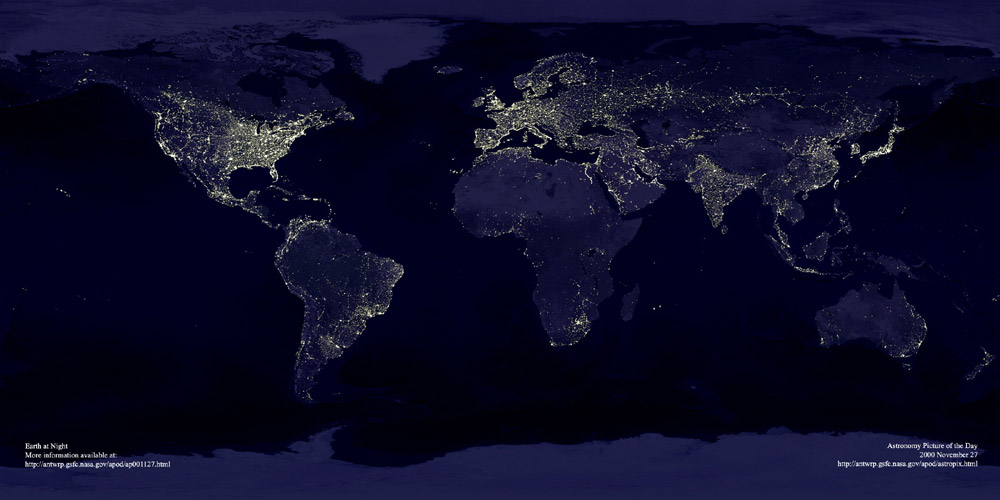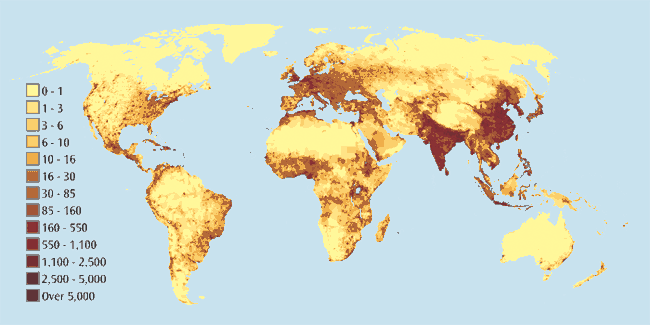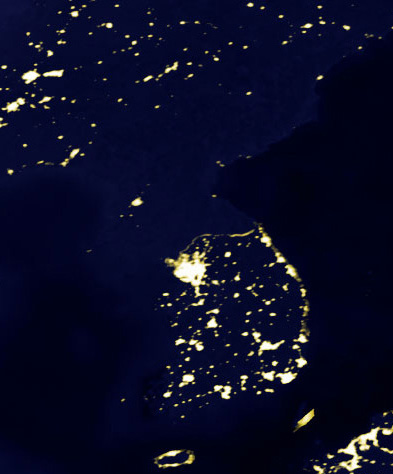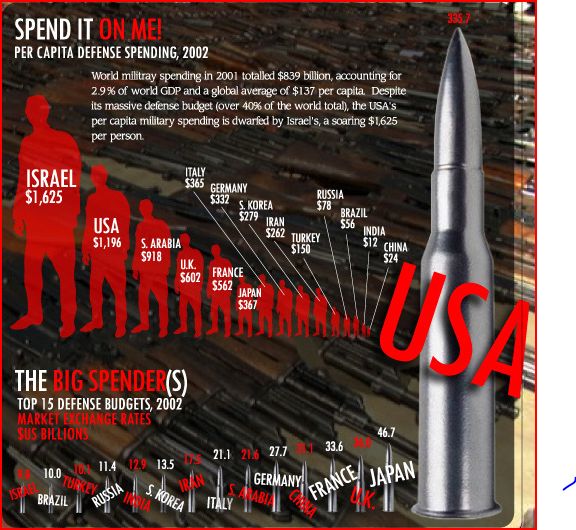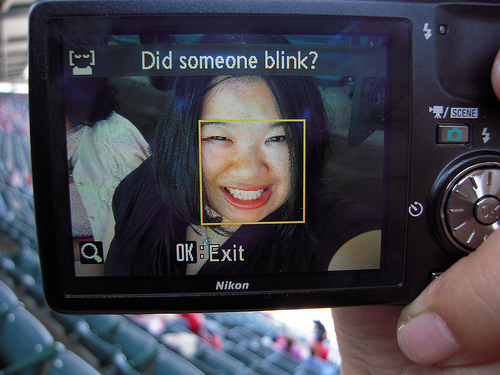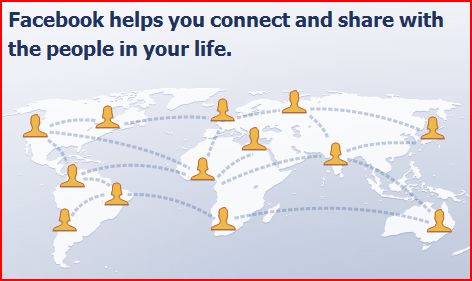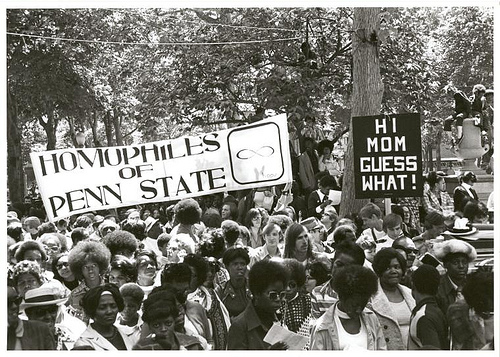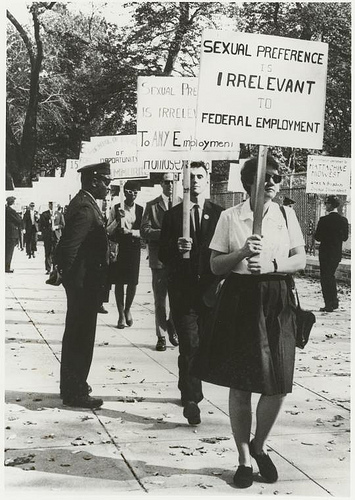Toban B. sent us a link to these two images illustrating the global spread of Starbucks and McDonalds (put together by Princeton):
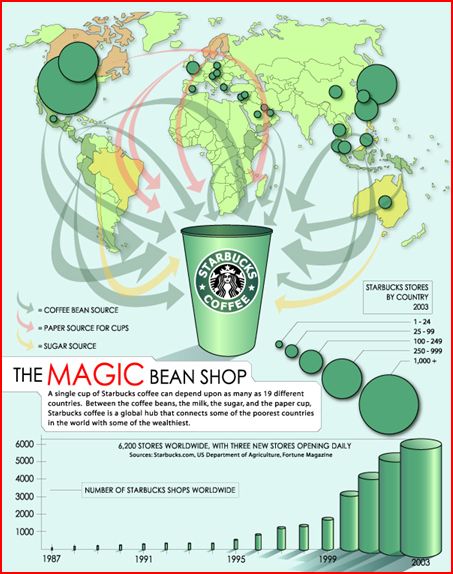
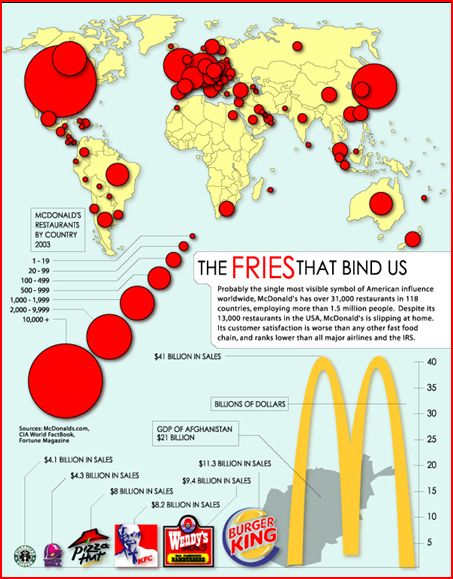
UPDATE: Toban offered these great insights in the comment thread:
When I sent this in, I was looking at the images as indicators of who is and isn’t part of certain aspects of ‘globalization.’
While there has been increased homogenization, some people also have exaggerated the extent to which we all are part of One world (which some people call a “global village” — a term that I find downright ridiculous, to be frank.) I think that people talk like the world is all One because they are ignoring most of the world — i.e. the spots on the above maps that don’t have many coloured dots on them. Obviously the ‘North’ ‘Western’ areas also are very different in some respects (e.g. linguistically), but there’s more consistency in those areas of the world in terms of McDonaldization, digitization, and other features of the ‘North’ ‘Western’ ends of ‘globalization’ — that is, the sides of ‘globalization’ that people tend to highlight (whereas people don’t pay much attention to international waste trade dumping grounds, for instance).
If the world is all One, it is One in a way that entails different positions (e.g. as producers vs. consumers), and a lot of inequality (e.g. in terms of where the money is). If (for instance) Columbia is part of some sort of globalization, the place of Latin America is a lot different from France (for instance).
—————————
Lisa Wade is a professor of sociology at Occidental College. You can follow her on Twitter and Facebook.

